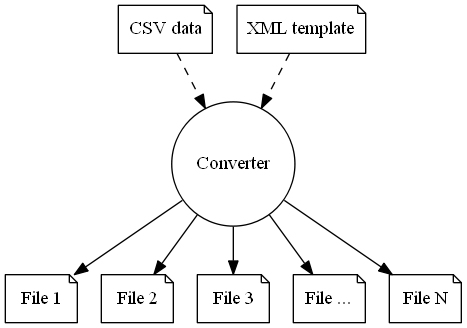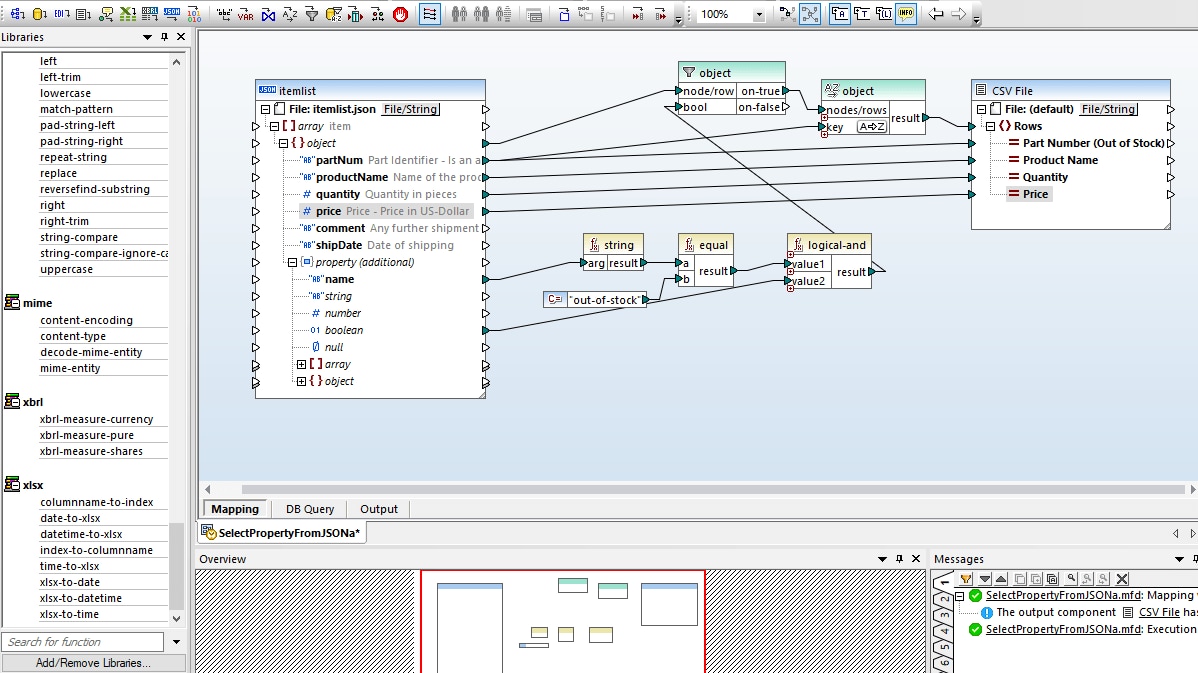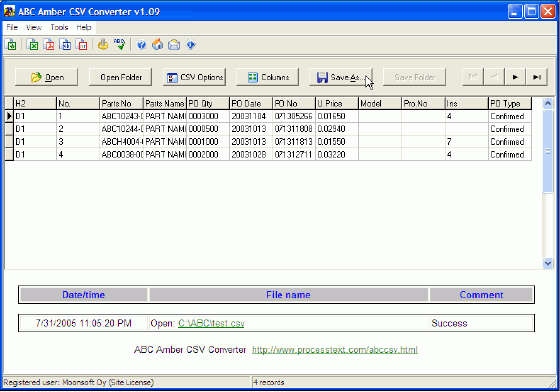

Databases, application settings, data of software packages and other information can be stored inside a file with this extension. The main thing to understand is that XML is just a text file that is structured in one way or another for exchange between programs. XML is a textual format for storing structured data (instead of existing database files), for exchanging information between programs, and for creating more specialized markup languages (for example, XHTML), sometimes called dictionaries, based on it. It is based on a very comfortable, convenient and readable syntax for both users and PCs. The resulting data is human readable and can be easily viewed with a text editor such as Notepad or a spreadsheet program such as Microsoft Excel.Many personal computer users often have a question: What is this XML file format? XML is a special text markup language that is extensible. CSV files are designed to be a way to easily Export data and import it into other programs. Some CSV files may not even have a header at the top and some may use quotation marks to surround each data bit, but this is the basic format. They can be more complex than that and contain thousands of lines, more entries per line, or long strings of text. Mike Jones, mike, 09,321 Fake StreetĪll are a CSV file. You'll get a file with text like:īob Smith, bob, 12,123 Fake Street For example, let's say you have several contacts in a contact manager and Export them as a CSV file. It can be said to be a kind of complement to HTML technology.Ī CSV file has a fairly simple structure. The reason for the development of XML is to enable data to be defined and transferred to different environments. HTML is used to describe normal documents.Tags from XML technology are determined manually. Another important feature of XML that distinguishes it from HTML sign language is the use of tags.However, it differs from HTML in terms of the benefits it provides. XML is very similar to HTML in terms of being a hierarchy-based markup language.These differences can be listed as follows:

However, there are some fundamental differences between them. If it is necessary to define XML over HTML, it can be said that it is much more advanced. HTML is a sign language that almost everyone knows very well. HTML and XML languages are the same thing. Is HTML and XML the Same Thing?It cannot be said that With this language, SGML becomes available on the internet.

It is one of the hierarchy-based markup languages.Accordingly, XML properties can be listed as follows: XML properties Another thing to consider for XML to be fully understandable. It is a technology that provides updating of changing data.It can be used to describe data contained within different applications.It allows making local calculations on the data.It enables different views of the data to be received by data exchange.Provides the development of flexible internet applications.The benefits of XML can be listed as follows: In this respect, it can be said that it is an indispensable need in today's world. XML, on the other hand, creates a common meta field, enabling fast querying of data and allowing data exchange. Most of the items that are subject to data exchange on the Internet cannot preserve their data properties outside of their own format. The purpose of using XML as we mentioned above is basically to speed up data exchange. Today, data exchange is much faster and easier with sign languages. This, of course, brought along many different problems. Data exchange is based on the settings that were initially set manually. Data exchange on the Internet platform is one of the most important and fundamental issues. To make a general definition, XML is a sign language that enables the creation of documents that can be easily read by both humans and information operating systems.Īlthough websites seem to have a very simple system, they actually have a very technical and complex system. XML, that is, Extensible Markup Language, can be translated into Turkish as Extensible Markup Language. What is XML, What is it for and FeaturesThe term


 0 kommentar(er)
0 kommentar(er)
